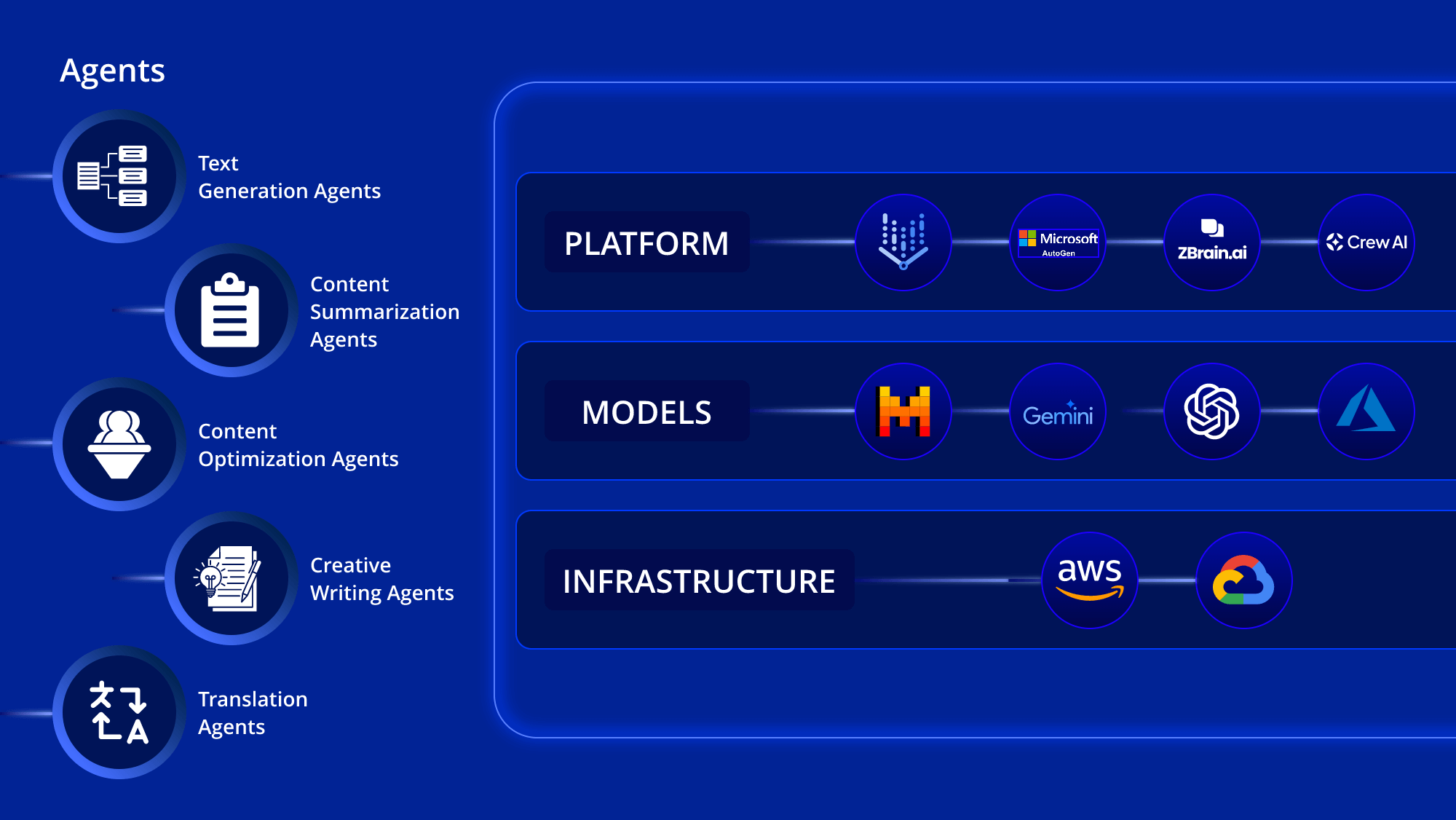Agent-Powered Future: Revolutionizing Digital Interactions with AI Agents

Agent-Powered Future: Revolutionizing Digital Interactions with AI Agents

In the digital age, agents have emerged as the secret weapon for automation and efficiency. AI agents are sophisticated software systems designed to perform tasks autonomously through advanced machine learning and data analytics. They are instrumental in transforming customer service, healthcare, finance, and marketing by optimizing operations and elevating overall performance.
Understanding AI Agents
These intelligent agents extract insights from large datasets to make real-time decisions that empower businesses to stay competitive. With the ability to automate repetitive processes, AI agents free up human talent to focus on strategy and innovation.
Key Applications of AI Agents
- Customer Support: Real-time assistance and personalized experiences through chatbots and virtual assistants.
- Healthcare: Streamlined diagnostics and patient data management for enhanced treatment accuracy.
- Finance: Automated trading, risk management, and fraud detection to secure financial operations.
- Marketing: Data-driven strategies that optimize SEO and customer engagement.

The above image, sourced from LeewayHertz, illustrates how AI agents drive innovation in content generation.
Benefits and Ethical Considerations
AI agents deliver significant advantages including enhanced efficiency, accuracy, and scalability. However, challenges such as data privacy, potential algorithmic biases, and ensuring transparency necessitate a careful and ethical implementation strategy.
The Future of AI Agents
As AI technology evolves, so too will the capabilities of AI agents. Future advancements in natural language processing, predictive analytics, and collaborative human-agent interactions promise a revolutionary impact on the digital landscape.
Embracing AI agents now means positioning your business at the forefront of tomorrow’s technological innovations, empowering every facet from customer interactions to internal operations.
Published on 2025-02-03


